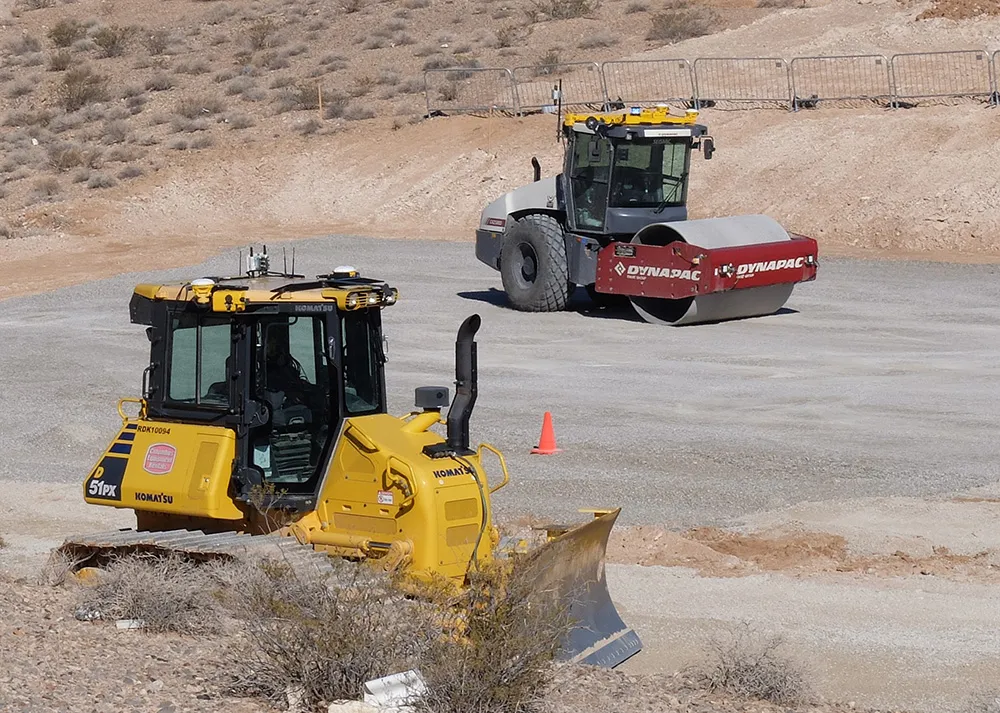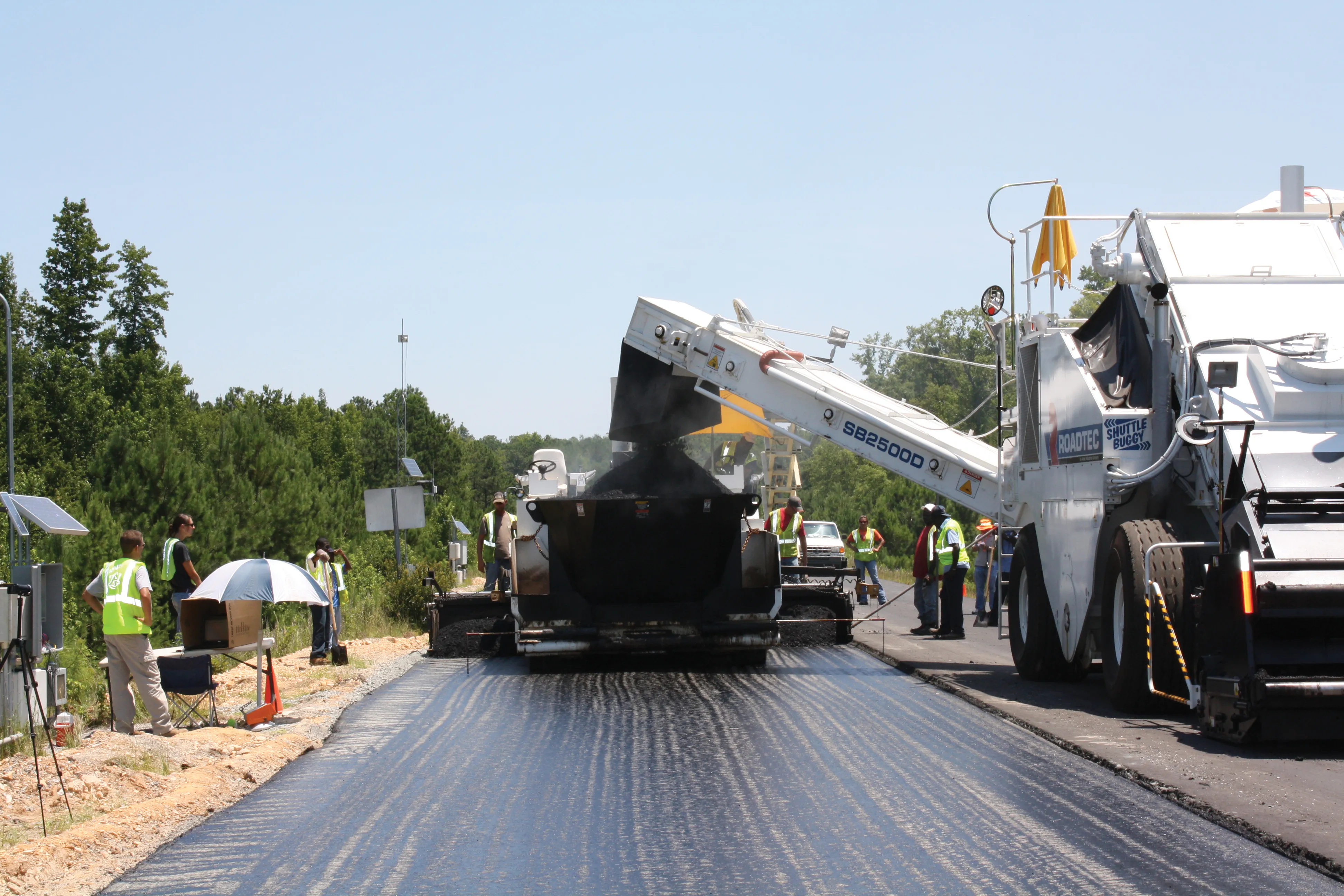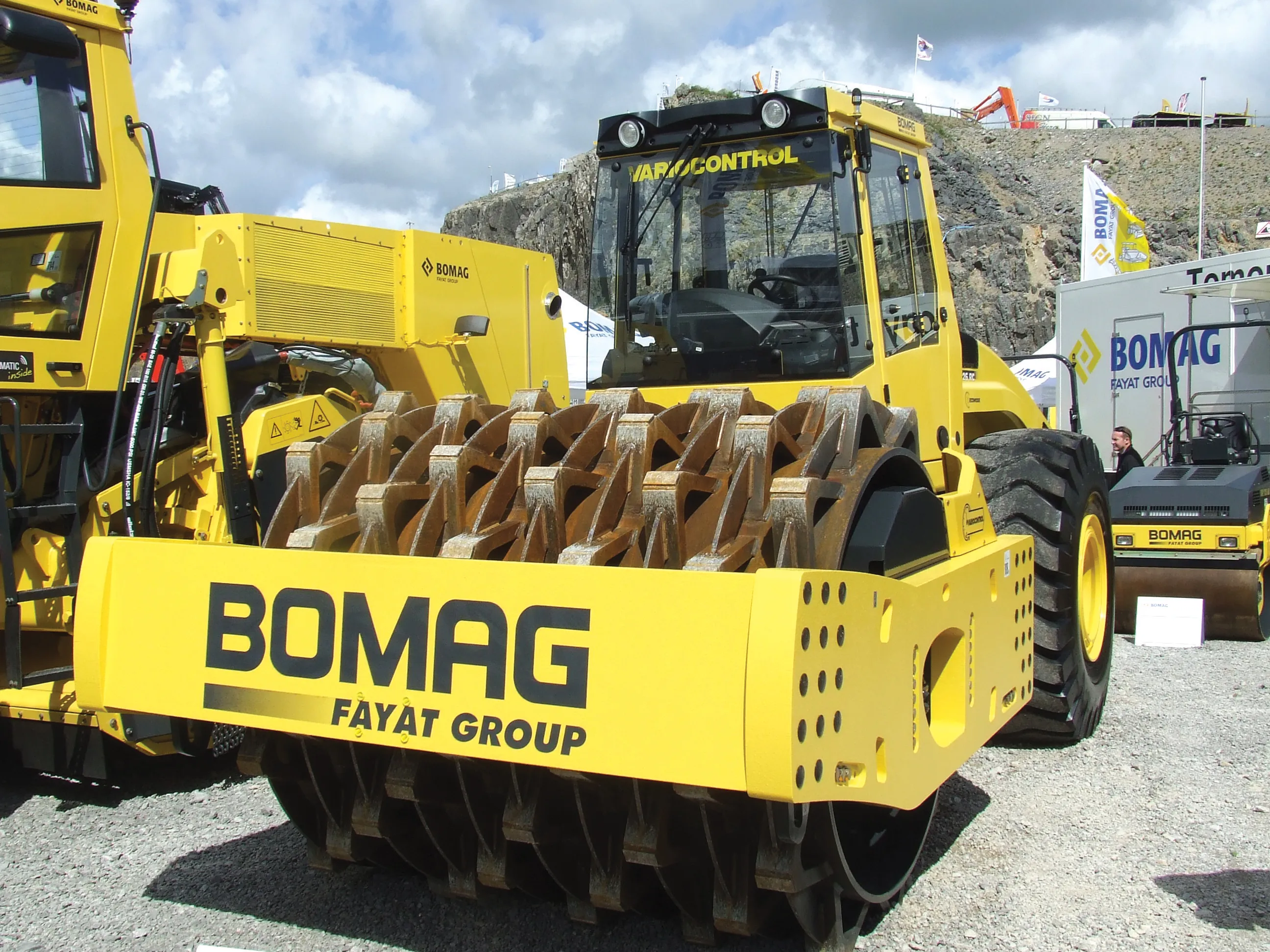
Trimble has published a new report highlighting the increased efficiency of soil compaction machines employing the new autosteering function. This system steers the soil compactor onto each pass with an optimised overlap, which maximises efficiency.
The report has been produced for Trimble by Michael Granruth and he said that the technology has highlighted a number of benefits. “A lot of products are focused on productivity. We created a study to manage the overlap in horizontal steering. Typically, there’s around 30% more overlap with manual steering.”
He continued, “What we saw was a 26% saving in fuel, in addition to production savings. If you’re doing the same work in less time, you’re achieving better efficiency.”
He said that for the tests, two operators were selected at random to compare the manual steering with the autosteer function and to gather the relevant data. However, Trimble says that since the study has been released, it has had feedback from customers that the estimate of 30% more overlap using manual steering is conservative and that it can actually reach 50% in many instances.
For the contractor, the package helps ensure an inexperienced operator can achieve the same working quality as someone with many operating hours.
In addition, the system can help reduce running costs by lowering fuel consumption and issues such as tyre wear or general service needs for equipment.
Trimble says that the system can even allow its clients to meet sustainability targets. Granruth said, “Technology like this autosteering solution is something contractors can use on existing fleets and achieve sustainability gains.”









